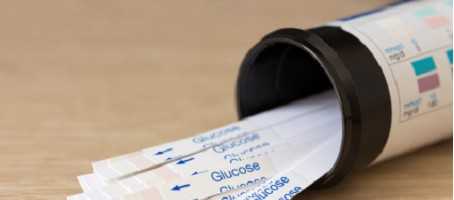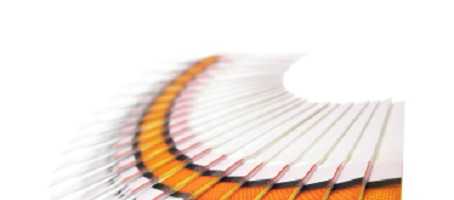Researchers at Stanford University in the U.S.A. claim to have developed a microchip test that can help to diagnose type 1 diabetes.
Type 2 diabetes usually occurs in older, overweight people, easily separating these patients from the type 1 diabetic patients by context, as type 1 diabetes is normally diagnosed in young people or children.
However, environmental factors, such as an unhealthy diet, that can lead to obesity are increasing, and more people are gaining a lot of weight earlier. This seems to be bringing down the average age at which type 2 diabetes is diagnosed.
The technical report about the test in the journal Nature Medicine has said that there is now a “large overlap in these previously discrete patient populations”, meaning that a simple blood glucose test, combined with observations of the patient’s age and weight, may no longer be specific enough to identify the type of diabetes. Although both types can be indicated by high blood sugar levels, this overlap stops the two types being so distinctive.
This microchip has been developed to spot type 1 diabetes in a blood sample in order to combat this grey area. It uses “near infrared fluorescence-enhanced (NIR-FE) detection of islet cell-targeting autoantibodies,” the cells of the immune system that targets and destroys pancreatic cells, which causes type 1 diabetes.
Before now, the ability to discern between the two main types of diabetes via blood sample was not impossible, but current technology means that the method takes a lot of time and needs to be undertaken in a healthcare setting. This new microchip test is said to be portable, quick, and specific, identifying the presence of the auto-antibodies that cause type 1 diabetes anywhere.
Brian Feldma, MD, PhD, the assistant professor of Paediatrics – Endocrinology and Diabetes at Stanford School of Medicine, who was the senior author on the report, said that “with the new test, not only do we anticipate being able to diagnose diabetes more efficiently and more broadly, we will also understand diabetes better, both the natural history and how new therapies impact the body.”
The technology now needs to be given FDA approval to be sold and distributed throughout the U.S.A. before it will reach global markets and usage. Feldman commented that “We would like this to be a technology that satisfies global need.”
What's new on the forum? ⭐️
Get our free newsletters
Stay up to date with the latest news, research and breakthroughs.





